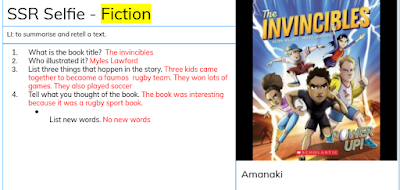On Wednesday some people from LS1 and LS2 went to Dunkirk Reserve for a friendly touch rugby tournament. Competition was split into Y5, Y6, Y7, and Y8 different year groups.
First we played against Pt England then St Patrick's. When we played Pt England we lost by 0-3, but won against St Patrick's by 3-0.
Next we played against Stone Fields #1 then Stone Fields #2. When we played Stone Fields #1 we lost 4-5, but won against Stone Fields #2, 4-2.
Then we played against Sylvia Park then Bailey Rd. When we played Sylvia Park we lost by 0-3, but won against Bailey Rd 5-1.
Lastly we played last game we played was against Pt England and won this game by 3-2
I enjoyed playing touch.

































